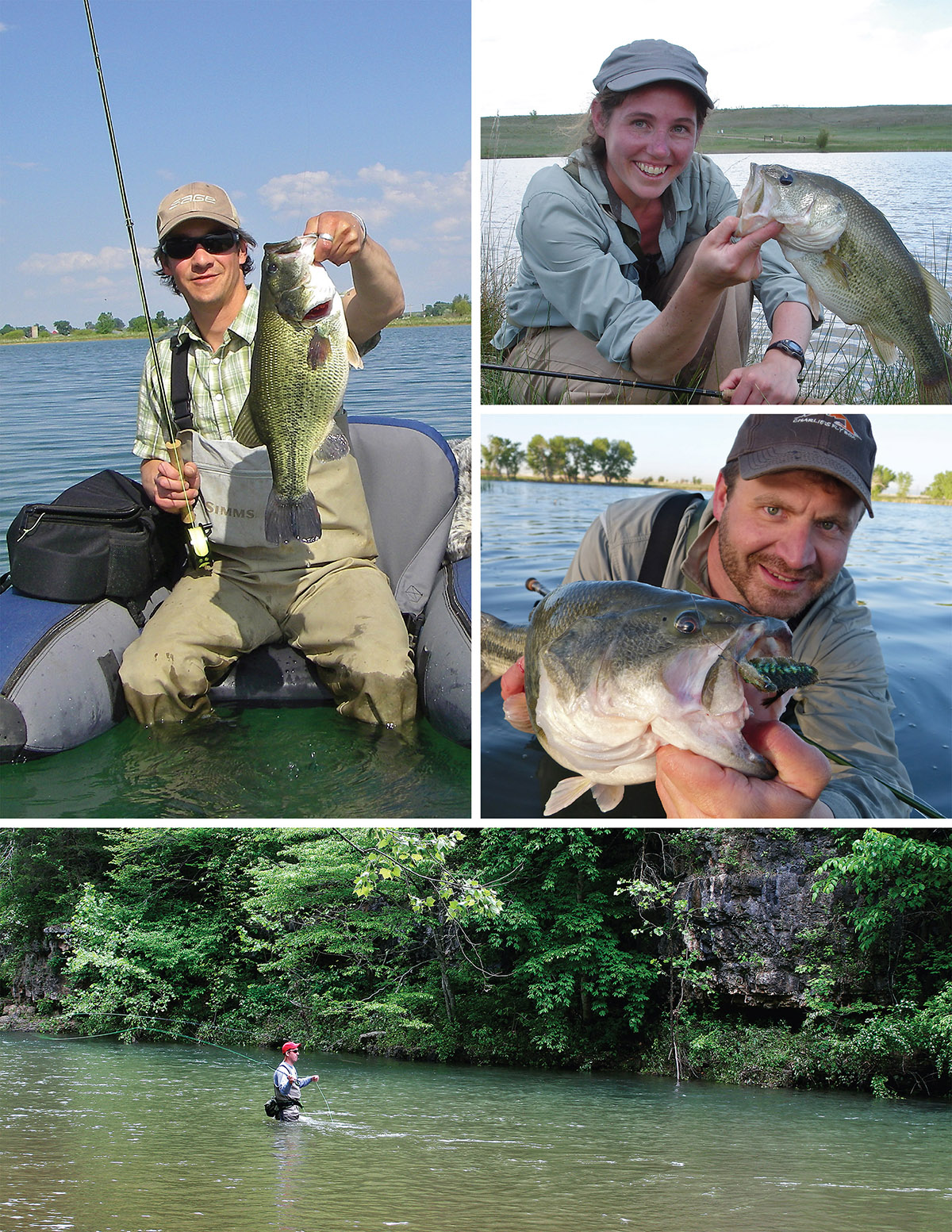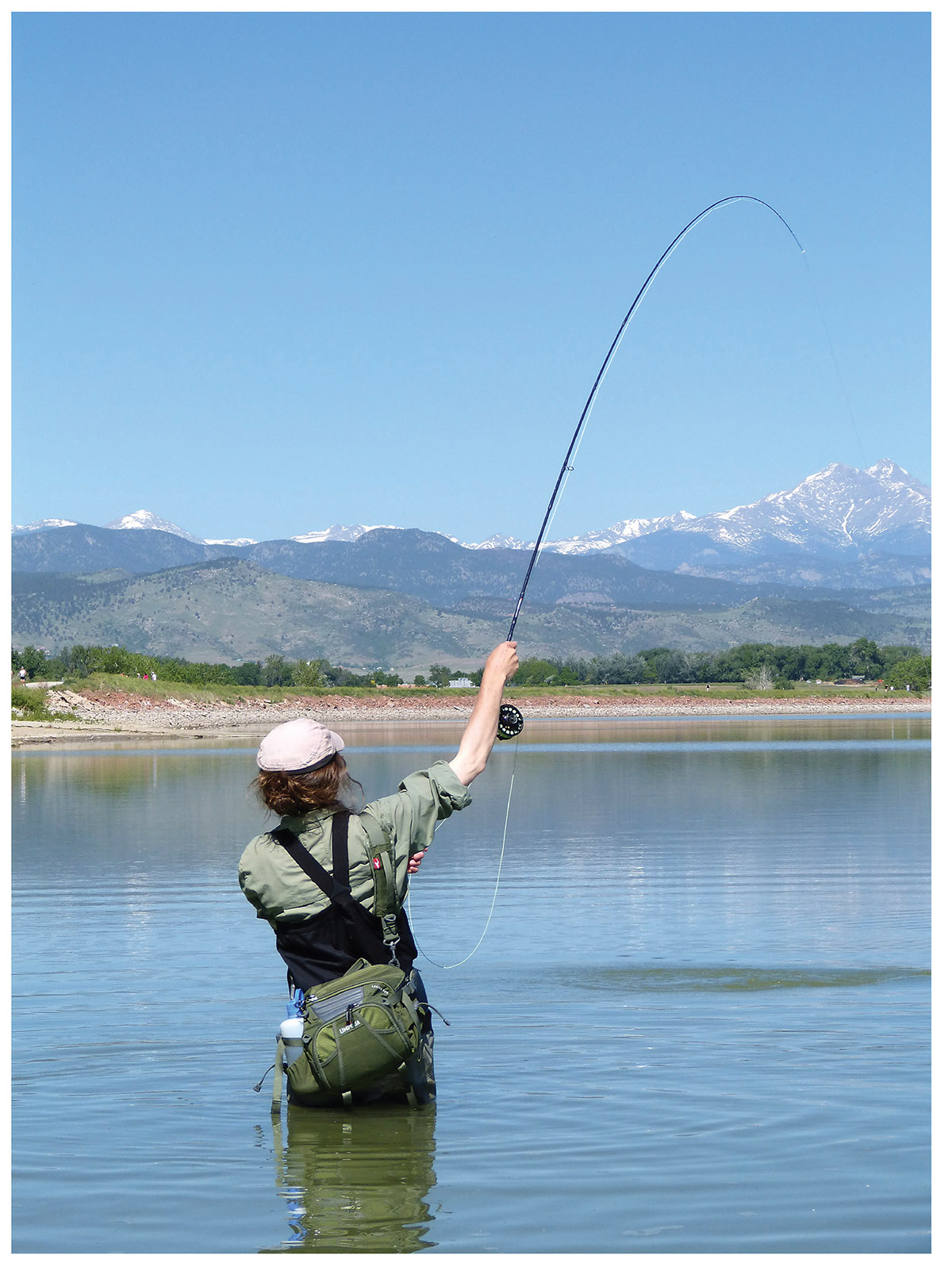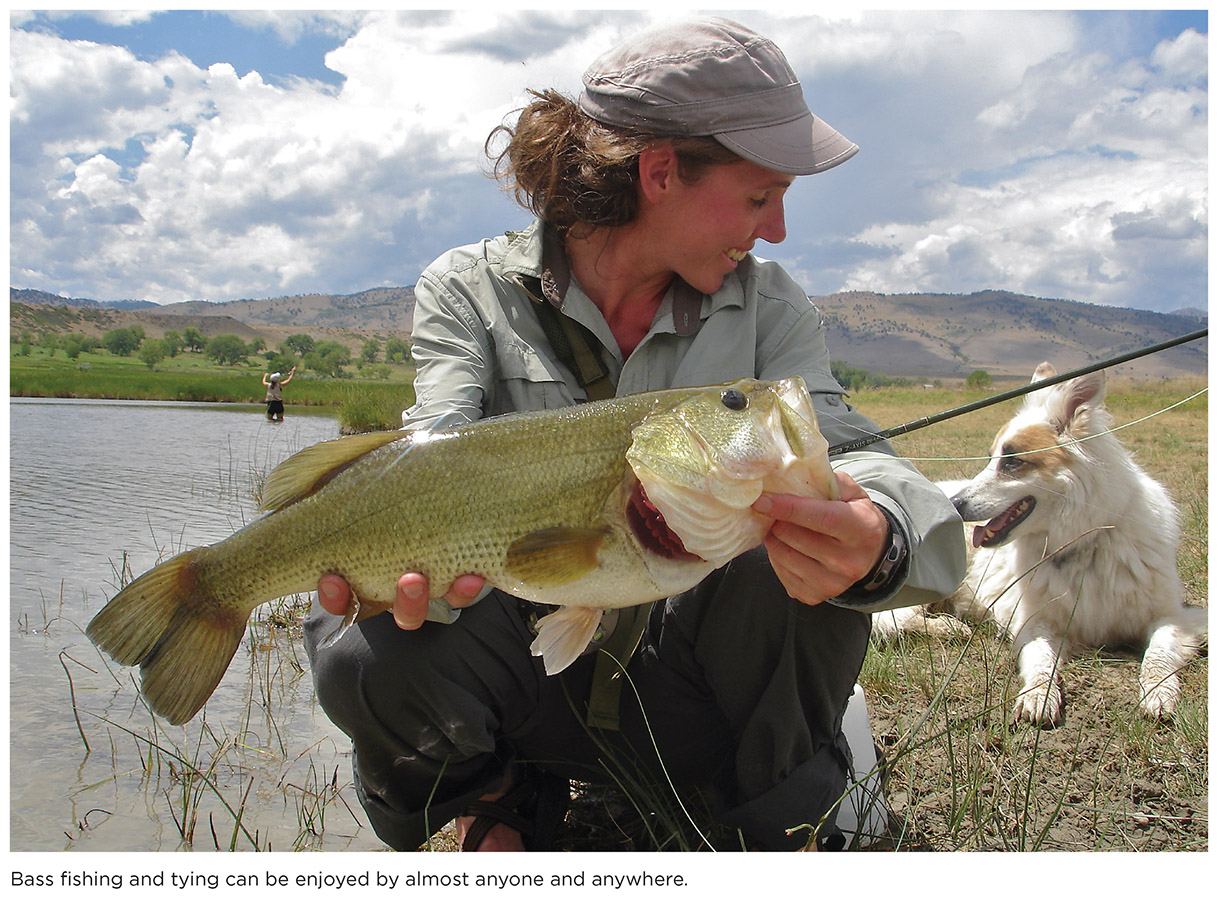Published by Stackpole Books
An imprint of Globe Pequot
Trade division of The Rowman & Littlefield Publishing Group, Inc.
4501 Forbes Boulevard, Suite 200, Lanham, Maryland 20706
www.rowman.com
Distributed by NATIONAL BOOK NETWORK
800-462-6420
Copyright 2017 Jay Zimmerman
Photos by the author unless otherwise credited
All rights reserved. No part of this book may be reproduced in any form or by any electronic or mechanical means, including information storage and retrieval systems, without written permission from the publisher, except by a reviewer who may quote passages in a review.
British Library Cataloguing in Publication Information available
Library of Congress Cataloging-in-Publication Data available
ISBN 978-0-8117-1998-8 (paperback)
ISBN 978-0-8117-6598-5 (e-book)
 The paper used in this publication meets the minimum requirements of American National Standard for Information SciencesPermanence of Paper for Printed Library Materials, ANSI/NISO Z39.48-1992.
The paper used in this publication meets the minimum requirements of American National Standard for Information SciencesPermanence of Paper for Printed Library Materials, ANSI/NISO Z39.48-1992.
Printed in the United States of America
DEDICATION
For Dad.
You showed me how to fish, tell a story, and be a man.
I am gladly spending my life trying to keep up.
Top left: Erik Johnson. Cliff Watts photo. Top right: Erin Block. Middle: Jay Zimmerman. Erin Block photo. Bottom: Ted Calcaterra. Thomas Ziegler photo.
ACKNOWLEDGMENTS
Thank you, Joy Hart, Mildred Zimmerman, Vanda Parker, Katy McElroy, Kendall Zimmerman, Eva Zimmerman, and Erin Block. I dedicated this book to the guy who taught me how to fish, but it is the strong women I have had in my life who I have to thank for making me a person both capable and willing to write this book. If it were not for these women, I most likely would be living in a van under a bridge down by the river with the ghost of Chris Farley.
FOREWORD
T he danger in thinking of fly tying as an art is that you ignore that at its heart, tying is practical, like a grandmothers rag quilt. Sure, it might be beautiful and made with love and any number of other feel-good things, but its also useful. It keeps you warm and uses up scraps like a compost bin. Thats to say, a fish doesnt care how beautiful or meaningful a fly is to you personally, it cares that it looks like something its eaten before. Something that moves and acts like food. And above a great many other things Ive learned from Jay Zimmerman, that truth rises to the top.
Jay taught me to tie shortly after I started fly fishing because, he said, it would make me a better angler. And I think what he was saying is that if I was going to be fishing with him, he didnt want me raiding his boxes. Point taken. So I listened as he told me how to start the thread and how to wind the marabou so it wouldnt bunch and lump and generally look awful. He laughed at the first fly I tiedit deserved itand I thought hed given up on me when he left to go pet his cat in the corner. But as it turns out, thats just classic Jay.
Each week he presented me with a new pattern. New materials. What the fly called for and extra options too. This intimidated me because I dont like to make decisionsIll stand for 15 minutes staring at my opened fly box wondering what I should tie on, already anticipating it wont work. But he told me to have fun. So I tried lime-green Woolly Buggers and Foxy Clousers made from a mink stole my dad had found at Goodwill. Jay taught me classic patterns, how to modify them, and then how to create some of my own.
And I discovered that my designs I liked best didnt catch many fish because I was tying what looked good to me, a land-dwelling human being. I learned the importance of mechanics and swim tanks, movement and action, how to flip a hook and make sure it stays flipped when it swims through the water. I learned that Jays obsession with these things is not just OCD, as I once suspectedits good engineering and smart design. And thats what makes the best bass flies.
Erin Block, Trout Magazine deputy editor, author of The View from Coal Creek and By a Thread
FLY FISHING FOR BASS
Indeed, there is probably as much genetic disparityand, hence, real-life differencebetween a bass and a trout as between a cat and a cow.
Keith A. Jones, PhD
B lack bass in aggregate are the most sought-after gamefish in the United States of America. Fourteen species of fish fall under the genus Micropterus (known as the black basses), though largemouth, smallmouth, and spotted bass are the three commonly found and fished for, be it in their original native range or in the rivers, lakes, and reservoirs where they have since migrated or been introduced. Black bass have been one of the most widely stocked fish in the United States for 150 yearsthis has to do with their ability to survive and thrive in a variety of conditions and their popularity among anglers. Bass in one form or another can now be found in abundance in each of our lower 48 states, as well as several other countries.
The popularity and accessibility of bass have not been lost on fly anglers; in fact, a 10-inch largemouth bass caught on a cork popper is responsible for converting many longtime conventional-gear anglers and tricking the rest of us into falling in love with fishing in the first place. Bass are almost everywhere; they are an accessible learning aid when a friend or family member wants to learn to fly fish, and bass and small sunfish are often willing to take even a sloppily laid cast.
As convenient as these quintessential unpressured bass ponds are to furthering the sport, they can also give new anglers misconceptions about the ease of fooling a bass at a formative moment in their development. Fishing may never again be as easy as it was that one afternoon in the pond behind grandpas barn. As anglers grow and expand their roam, so to speak, they will inevitably find themselves on a river with no old guiding hand pointing out the spots to cast to, or staring blankly out over an expansive public reservoir in a new hometown a thousand miles from the comfort of that old Mail Pouch Tobacco barn of their youth and the naive largemouth and bluegill living behind it.
Bass are everywhere, but sometimes hard to find... and even harder to catch. The learning curve is gentler if you respect the intelligence of your quarry and are forever observant of the environment in which they live. All animals (fish and humans included) are in some way products of the environment they live in, so if you recognize most of the variables that affect how a bass lives and eats, you will be a more successful angler.




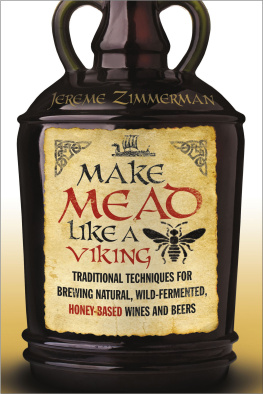



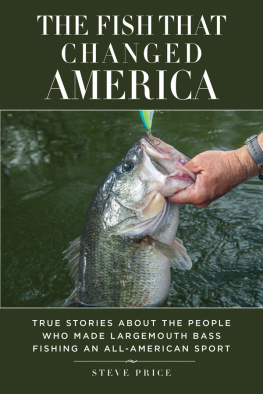
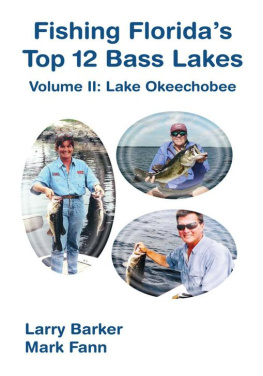
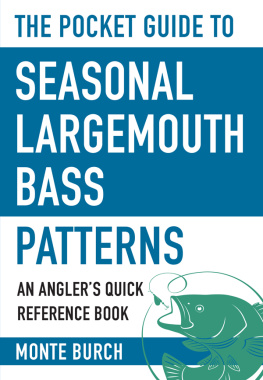

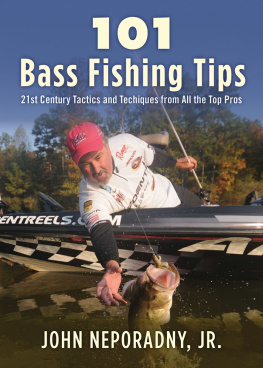

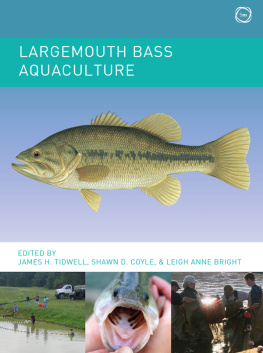
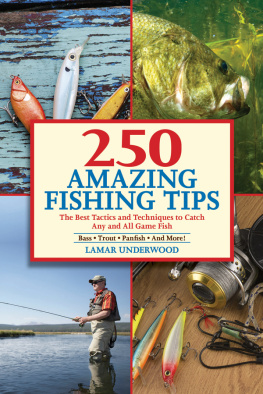


 The paper used in this publication meets the minimum requirements of American National Standard for Information SciencesPermanence of Paper for Printed Library Materials, ANSI/NISO Z39.48-1992.
The paper used in this publication meets the minimum requirements of American National Standard for Information SciencesPermanence of Paper for Printed Library Materials, ANSI/NISO Z39.48-1992.